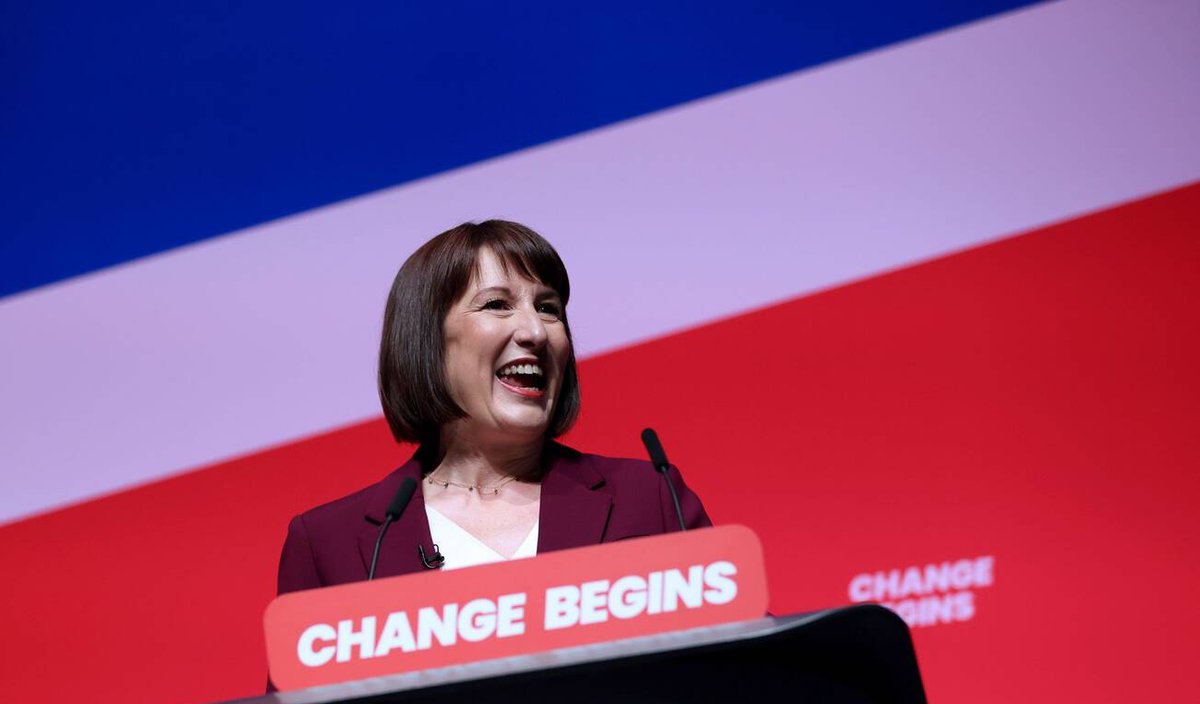Figures from the UK art world have called on the Labour government to provide support to galleries, museums and artists to decarbonise and help the country reach its net zero goals.
With the UK budget due be announced on 30 October, the art sector is hoping to see the chancellor, Rachel Reeves follow the lead taken by President Joe Biden’s administration in the US with measures that would assist cultural institutions in reducing their carbon footprint.
Cliodhna Murphy is the global head of environmental sustainability at Hauser & Wirth, so has experience of working in different country contexts. She tells The Art Newspaper: “In the US the Inflation Reduction Act [which reduces renewable energy costs for particular organisation types] has offered businesses the ability to transition to sustainable power and technologies through infrastructure upgrades and electric vehicles. As a result, at our LA galleries we’ve invested in an electric Mercedes-Benz Sprinter van and charging station.“
She continues: “Government support can be of great benefit to artists looking to shift to renewable energy sources. For example, [thanks to subsidies provided through the Inflation Reduction Act] Larry Bell’s studio in New Mexico now runs almost entirely on solar power.”
Bell, the American artist and sculptor, has found the investments have also saved his studio money. He said in a case study published by Hauser & Wirth: “It was the correct thing to do. The government supports the investment and the community benefits from less pollution. I believe everyone should go solar.” He added: “My studio requires a lot of electricity to function. Our savings are more than $2,500 per month, so for us it is definitely a good move to go solar.”
The UK lags behind the US when it comes to government support. Although there is a subsidy for homeowners to install domestic electric heat pumps, which replaces the need for gas heating, there’s currently nothing for public buildings. A study last year by the non-profit Community Energy London found that in Greater London there are 14,667 “community, arts and leisure centre” buildings. Museums, galleries and libraries make up just 6% of these, but account for 20% of total heating demand, underlining that they have a significant role to play in reducing carbon emissions.
Jon Ashman, the chief financial and operations officer at Frieze says: “From our point of view, government initiatives should focus on helping arts organisations reduce their environmental impacts through practical measures, such as grants for energy-efficient technologies and tax incentives for low-carbon shipping. Additionally, funding for environmental programming and educational initiatives can engage audiences and stimulate discussion around climate issues, allowing the arts to play a vital role in broader mitigation efforts.”
Artists can also be more than recipients of government aid, they can be allies and important messengers, says Heath Lowndes, the managing director of the international charity the Gallery Climate Coalition. “Arts organisations and artists are uniquely positioned to influence public and sectoral attitudes toward social and environmental issues,” he tells The Art Newspaper. “Their significant reach and trusted status allow them to shift understanding and responses to the climate crisis beyond cold facts and statistics, fostering deeper emotional awareness on the issues that can inspire action. This potential should be recognised and supported through new government policies.”
Practical steps he hopes to see include policies to accelerate decarbonisation and waste reduction, grants for heat pumps and solar panels; training and guidance to implement best practice; tax incentives for low-carbon shipping as well as funding for environmental commissions, programming, and educational initiatives to stimulate discussion and engagement around climate issues.
Murphy, meanwhile, is hopeful the government’s targets will now be backed up with concrete policies. She says: “Our new government in the UK made a recent announcement to decarbonise the UK energy grid by 2030, the goal of the previous government was 2035. This new target sends a message that the intentions are there, and I am optimistic, but I wait with interest to see how they will partner with businesses and organisations to set this plan in motion.”





